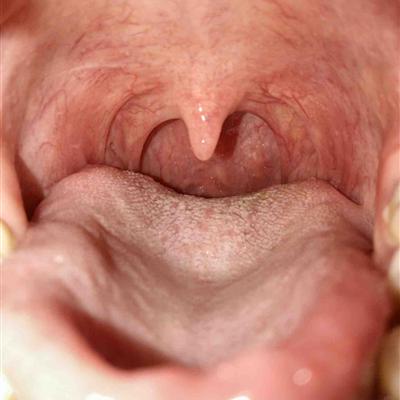Orbital cellulitis symptoms?
summary
Orbital cellulitis is an acute inflammation of orbital soft tissue, which belongs to the category of orbital specific inflammation. The incidence of orbital cellulitis is rapid, and the severe cases affect the cavernous sinus and endanger life. Divided into orbital septum before cellulitis and orbital septum after cellulitis, the latter is also known as deep orbital cellulitis. Orbital cellulitis symptoms? Let's talk about it
Orbital cellulitis symptoms?
Inflammation and infection were limited to the structures of the eyelid and periorbital region before the orbital septum, but the structures behind the orbital septum were not infected. The main manifestations were eyelid edema, small eyelid fission, complete closure of eyelid fissure in severe cases, transparent cornea in most cases, good pupillary light reflex and vision, no eye movement disorder, no pain during eye movement, bulbar conjunctival congestion and edema.

It is caused by orbital soft tissue infection, often serious, accompanied by obvious systemic toxic symptoms, including fever, mental malaise, acute severe disease, facial appearance, and increased white blood cell count. Obvious protrusion of eyeball, redness and swelling of eyelid, hyperemia and edema of bulbar conjunctiva, even protruding beyond palpebral fissure, can cause exposure keratitis due to high exophthalmos. The movement of eyeball was limited obviously, and pain occurred during rotation. Palpation palpebral tension and obvious tenderness. If visual acuity and pupil abnormality are found, it indicates that the lesion involves the orbital apex, which is caused by high orbital pressure or direct invasion of optic nerve by inflammation and toxin.

Inflammation spread to the eye, can cause uveitis, fundus visible retinal vein tortuosity, optic disc edema. Further development of the disease may cause orbital apex syndrome, leading to loss of vision and cranial nerve paralysis. The spread of infection to the brain can cause cavernous sinus thrombosis, meningitis, brain abscess or sepsis, which is life-threatening.

matters needing attention
1. Carry out propaganda and education in various forms to guide patients to pay attention to eye hygiene and avoid cross infection. 2. Timely diagnosis and treatment after ocular trauma. Avoid pressing the furuncle in the dangerous triangle of the face, so as not to cause cavernous sinus thrombophlebitis.















